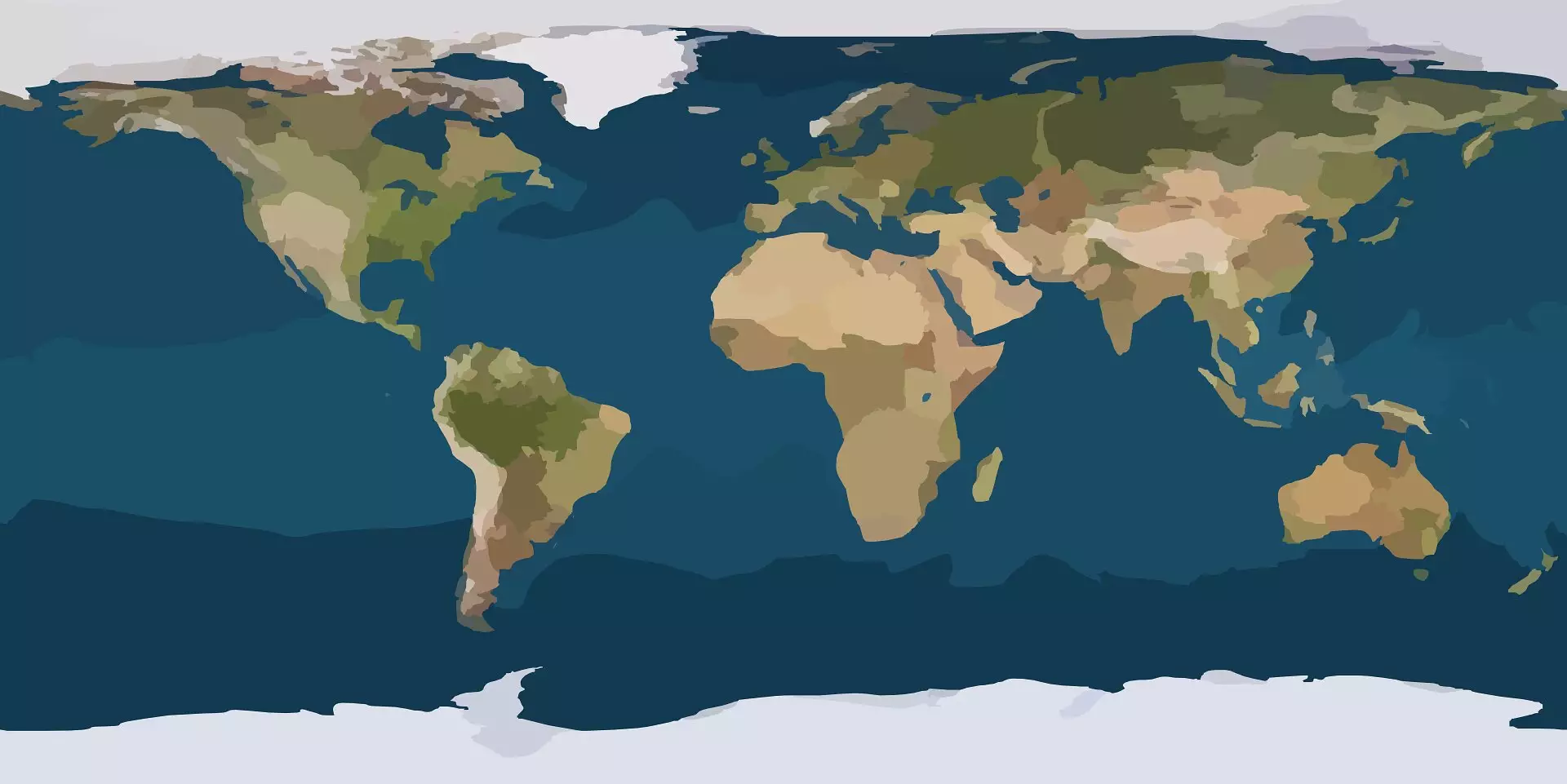In the ever-evolving realm of oceanic and atmospheric interactions, new discoveries have emerged that reshape our understanding of climate dynamics. A recent study has unveiled a previously unnoticed climatic pattern dubbed the “Southern Hemisphere Circumpolar Wavenumber-4 Pattern,” which appears to have profound implications for the climate across the entire Southern Hemisphere. What is striking about this finding is the stark contrast it presents to more commonly known phenomena like El Niño, which emerges from tropical zones. This revelation emphasizes the complexity of climatic systems and the importance of mid-latitude interactions that can target our understanding of global weather behaviors.
As highlighted in a publication in the esteemed Journal of Geophysical Research: Oceans, the lead researcher Balaji Senapati from the University of Reading elucidated the monumental nature of this finding. He described it metaphorically as the discovery of a “new switch” in Earth’s climate. This metaphor captures the essence of its importance: that localized temperature fluctuations in the southwestern Pacific can prompt widespread climatic effects. The implications of such a discovery extend well beyond merely mapping temperature shifts; they can substantially enhance our capacity to forecast weather and climate-related phenomena, notably extreme events that threaten environmental stability and human welfare.
The Mechanics Behind the Mystery
The research team employed advanced climate models, an intricate mix of atmospheric, oceanic, and sea-ice components, to simulate the climate over a formidable span of 300 years. Through this painstaking simulation, they were able to identify a consistent and cyclical pattern of sea surface temperature fluctuations that circulate around the Southern Hemisphere. This pattern displays characteristics reminiscent of a chain reaction — a series of environmental dominoes that yield both direct and indirect responses across vast distances.
The Southern Hemisphere Circumpolar Wavenumber-4 Pattern produces four alternating zones of warmth and coolness in ocean temperatures. The geographical origins of this phenomenon are traceable to a specific area near New Zealand and Australia. Notably, changes in temperature within this confined sector can ripple outward through the atmospheric currents, driving a wave-like system of climatic effects that spans the entire hemisphere. Through robust westerly wind patterns, it carries these temperature changes, acting as a bridge between oceanic conditions and atmospheric variations.
Significance of Ocean-Atmosphere Interactions
The intricacies of the Southern Hemisphere Circumpolar Wavenumber-4 Pattern underscore the lethal interdependence between ocean and atmosphere. The interplay between these two critical components does not merely reinforce existing patterns; it dynamically alters the depth of the warmer upper layer of the ocean, further enhancing the effects of temperature changes. Such revelations invite a reevaluation of how we understand climatic systems — not only within the context of the tropics, as is the case with El Niño and La Niña, but also highlighting the often-underestimated influence of mid-latitude phenomena.
An intriguing aspect of this study is its identification of a counterpoint to established weather systems from tropical regions. The independence of the Southern Hemisphere Circumpolar Wavenumber-4 Pattern from El Niño and La Niña might suggest that our planet contains a wider array of climatic influences than previously perceived. The existence of this pattern hints at a rich tapestry of interactions that need further exploration, potentially hiding keys to solving some of climate science’s longstanding mysteries.
Implications for Climate Prediction
The discovery of this new weather pattern is not merely an academic curiosity; it holds tangible implications for climate modeling and forecasting. By recognizing this previously elusive phenomenon and understanding how it functions within the broader climate system, meteorologists and climate scientists can better predict variations in weather and the occurrence of extreme events. This knowledge could significantly enhance preparedness and response strategies for communities affected by unpredictable weather patterns, thereby safeguarding human lives and ecological health.
Moreover, given the accelerating impacts of climate change, understanding these dynamics becomes not just relevant but urgent. As we gather more knowledge about these interconnected climatic systems, we inch closer to a more comprehensive framework needed to navigate the myriad challenges posed by climate fluctuations. This newfound awareness may even open doors for strategic interventions and adjustments vital for climate resilience.
In essence, the Southern Hemisphere Circumpolar Wavenumber-4 Pattern brings us one step closer to unraveling the complexities of our planet’s climatic tapestry, offering a promising avenue for robust scientific inquiry and societal application.

